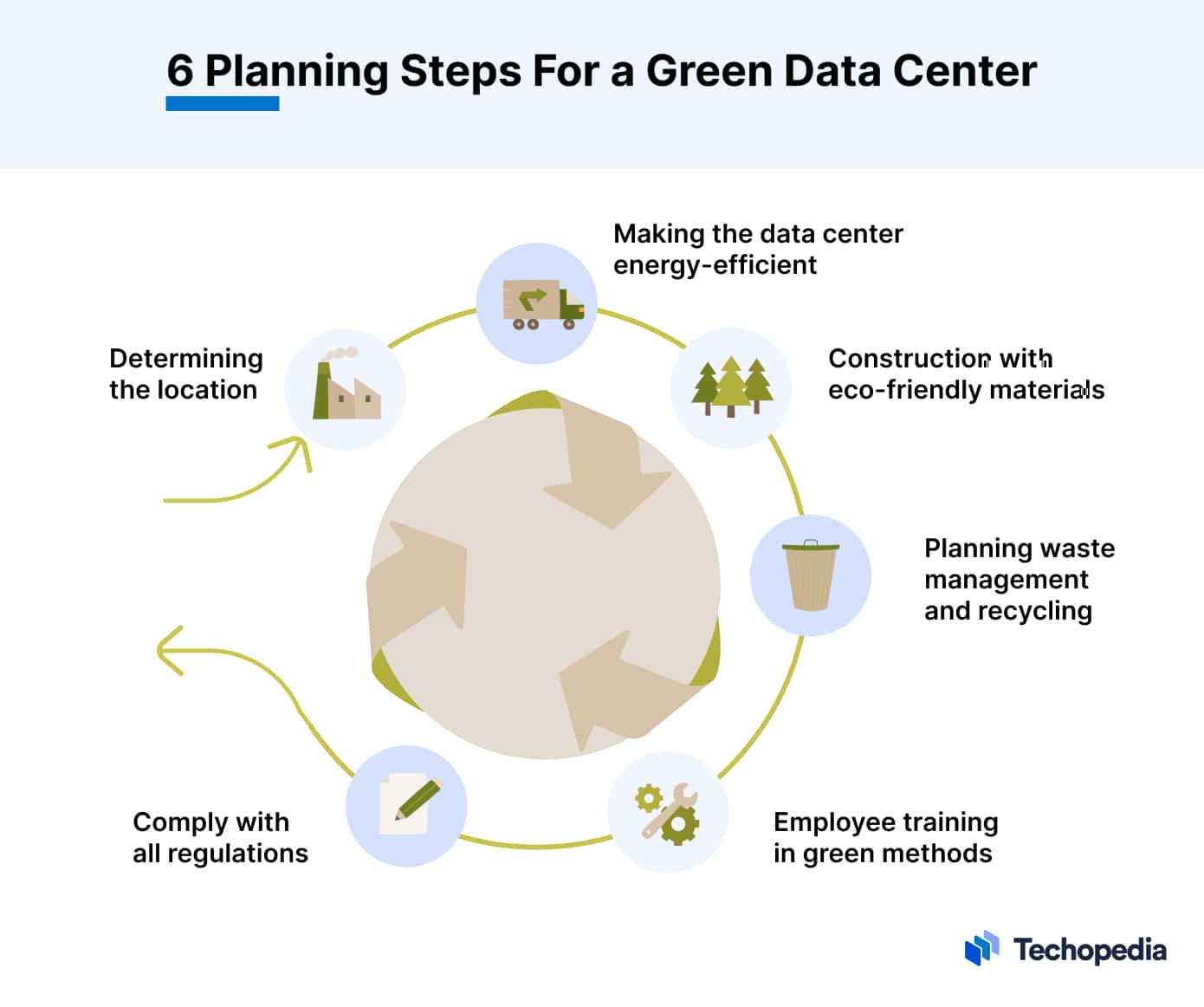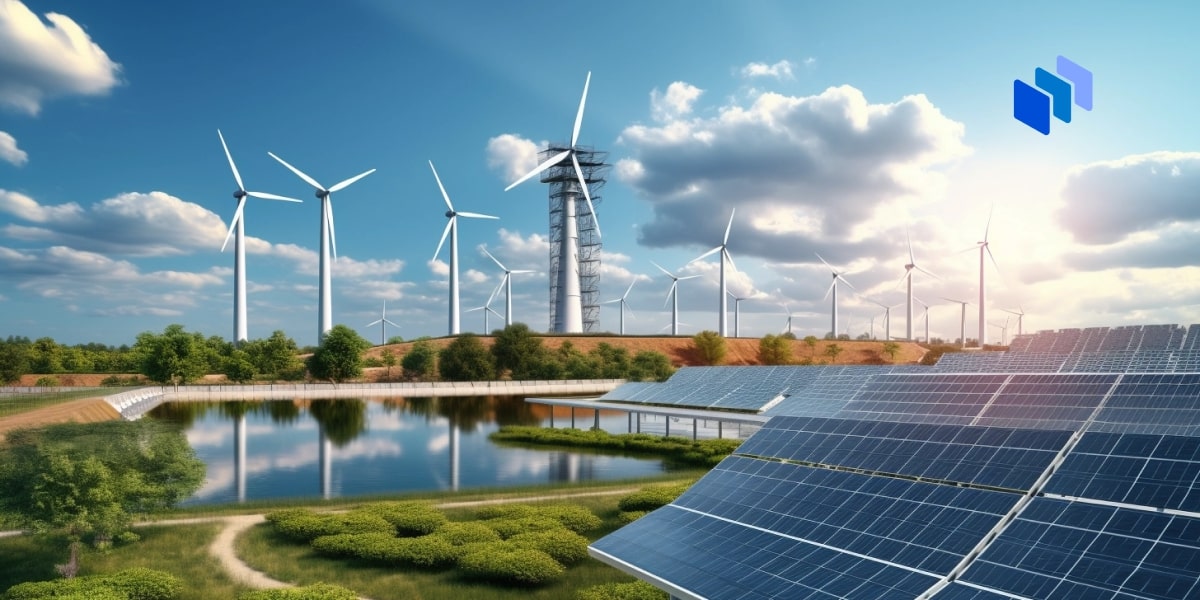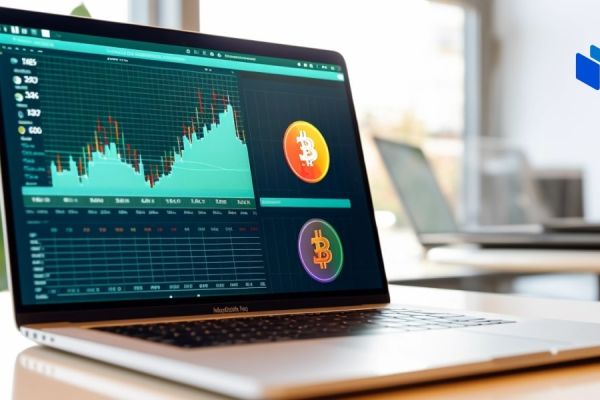Data centers are the beating heart of the digital economy, powering the entire internet. Without them, streaming films, making video calls, keeping up-to-date with the latest news headlines, browsing social media feeds, and everything else we love to do in 2023 wouldn’t be possible.
But you probably don’t know that data centers are highly power-hungry and bad news for the environment. According to research from the International Energy Agency, they use 1-1.5% of the world’s electricity and make up 1% of “energy-related GHG emissions”.
To put this into perspective, the global airline industry produces 2.5% of global carbon dioxide emissions.
This issue has led to the rise of green data centers, which are designed to consume less energy and ultimately contribute to a healthier planet. But what other benefits do they offer? And how are green data centers built and managed? Read on to find out.
Massive Benefits of Green Data Centers
Improving the carbon footprint of data centers can have vast benefits for operators, customers, and society as a whole.
And the financial bottom line can be improved too: Sustainability initiatives can help data center companies boost revenue, according to Helen Munro, head of environment and sustainability at Pulsant. She has noticed a market shift driven by “the growing interest of clients in the sustainability initiatives of their technology providers.”
“We have seen that the percentage of clients actively engaging with us on sustainability has increased from 1% to 5%, and we expect this to keep growing significantly,” she explained.
Green data centers offer significant benefits for their customers. Tom Andresen Gosselin, ESG practice director at Schellman, explained that choosing a sustainable data center provider would help businesses meet their net-zero targets.
He said:
“Energy efficiency and the corresponding costs savings are the most obvious financial benefits to the data centers themselves. But when it comes to the benefits to the environment, there are several considerations, some of which are transferable to data center clients.
“For example, the reduced carbon footprint of a green data center helps check the box for the data center, but their clients can benefit from that as well, as they can cite that in their own ESG program.”
According to Gosselin, making data centers more sustainable can also increase innovation within the operators themselves. He said designing and scaling a green data center would help the operator “ensure long-term viability by outpacing absolute emissions growth.”
Tomas Rahkonen, research director of distributed data centers at Uptime Institute, added that operators could also lower their energy bills, comply with new sustainability laws like the European Union’s Energy Efficiency Directive (EED), apply for green bonds, and potentially increase their overall valuation by reporting green turnover.
Planning a Green Data Center
When looking to improve the sustainability of their operations, Gosselin recommends that data center companies “start from a lifecycle perspective” while taking into account “all direct and indirect emissions from location through to decommissioning.”
“There are too many factors that contribute to greenhouse gas emissions to list, but consider that even the siting and orientation of a data center can significantly influence energy costs for cooling and open opportunities for on-site renewable energy (solar) consumption,” he said.
As part of this process, he recommends following six key steps — the first being determining the location of the green data center. He said the data center’s location “can significantly influence energy costs for cooling and open opportunities for on-site renewable energy (solar) consumption.”
Second, operators must consider making the data center energy efficient. Gosselin said investing in “high-efficiency power supplies and cooling systems” like geothermal cooling is a good place to start. He also advises tracking energy usage through a “sophisticated monitoring system.”
The third step is to plan the construction of the green data center, which involves “leveraging eco-friendly building construction materials and practices.”
During this stage, Gosselin said operators should also “consider future scalability and how to design the data center in a module/flexible manner” and “consider how your energy efficiency strategy will scale along with the facility itself.”
Waste management and recycling are also essential in planning a green data center. Gosselin recommends that operators develop a “comprehensive waste management and recycling program” focused on “e-waste recycling due to the heavy wear and tear on electronic equipment.”
The fifth step is to train employees on the importance of energy efficiency and how they can help achieve this by adopting simple best practices. Meanwhile, the sixth step is ensuring compliance with industry regulations and proving this through certifications.
“Finally, be sure to comply with environmental regulations and obtain relevant certifications, such as LEED (Leadership in Energy and Environmental Design) or BREEAM (Building Research Establishment Environmental Assessment Method) certifications,” he said.

Checklist For Designing a Green Data Center
- Determining the location
- Making the data center energy-efficient
- Construction with eco-friendly materials
- Planning waste management and recycling
- Employee training in green methods
- Comply with all regulations
Important Equipment to Consider
To bring green data center plans to life, operators must think about acquiring a plethora of critical equipment.
Rahkonen of Uptime Institute said operators must show careful consideration in selecting servers and IT equipment to “ensure high utilization for the given workloads and applications.”
He said they’d also need containment systems for isolating cool from hot air as it travels in and out of the servers, adding that an “efficient cooling system” would enable operators to use “free cooling.”
Something else to consider is the “adaptation of the cooling system to enable heat reuse,” according to Rahkonen. They could do this by “increasing return heat temperature to enable output to district heating system.”
Rahkonen also recommends investing in “efficient electrical systems and batteries,” sensors, and a monitoring system to “measure and keep up the efficiency of all technical systems.”
An efficient data center will still need to be powered and cooled by essential equipment like uninterruptable power supply (UPS) units, computer room air conditioners (CRACs) and chillers, and standby generation, according to David Watkins, solutions director at VIRTUS Data Centres.
Watkins pointed out that while diesel-powered generators typically power standby generation, more sustainable methods are emerging. “A lot of research and development is underway investigating alternatives that use more sustainable fuels (hydrogen & HVO) and technologies (fuel cells and battery storage,” he said.
Green Data Centers Are Not Cheap
Although data center operators and customers can reap significant benefits from sustainable operations, critical financial factors must be considered.
Rahkonen explained that while buying green data center equipment at a total cost of ownership “will typically increase the initial cost,” doing so could result in “yearly operational cost savings over time.”
He said operators could also incur higher costs by buying “green electricity for direct consumption,” using the example of utility green tariffs that may include a “premium on top of regular grid electricity price.”
Purchasing sensors and monitoring systems can be expensive in the short term, although Rahkonen said such technology would help operators save money from increased efficiency. They’d also be able to “compile data for regulatory reporting.”
Christoph Cemper, founder and CEO of AIPRM, admits that building a green data center “can hit the wallet pretty hard at the start.” But he said the silver lining is that governments could potentially provide tax breaks or grants to help data centers achieve their sustainability goals.
“And don’t forget, your energy bills will take a nosedive, which means more money stays in your pocket over time,” he added.
The Bottom Line
Data centers play a vital role in the digital age; life wouldn’t be the same without them. But despite their importance in modern society, they are typically power-intense and, therefore, contribute to the global climate crisis.
However, by adopting green computing practices in data center development and day-to-day operations, operators can improve energy efficiency significantly and pave the way to a greener technology industry.
Of course, building a green data center isn’t a simple feat that can be achieved overnight. The process takes a considerable amount of planning, IT equipment, and financial resources to be a success. However, what’s certain is that there are massive benefits for operators and their customers.











